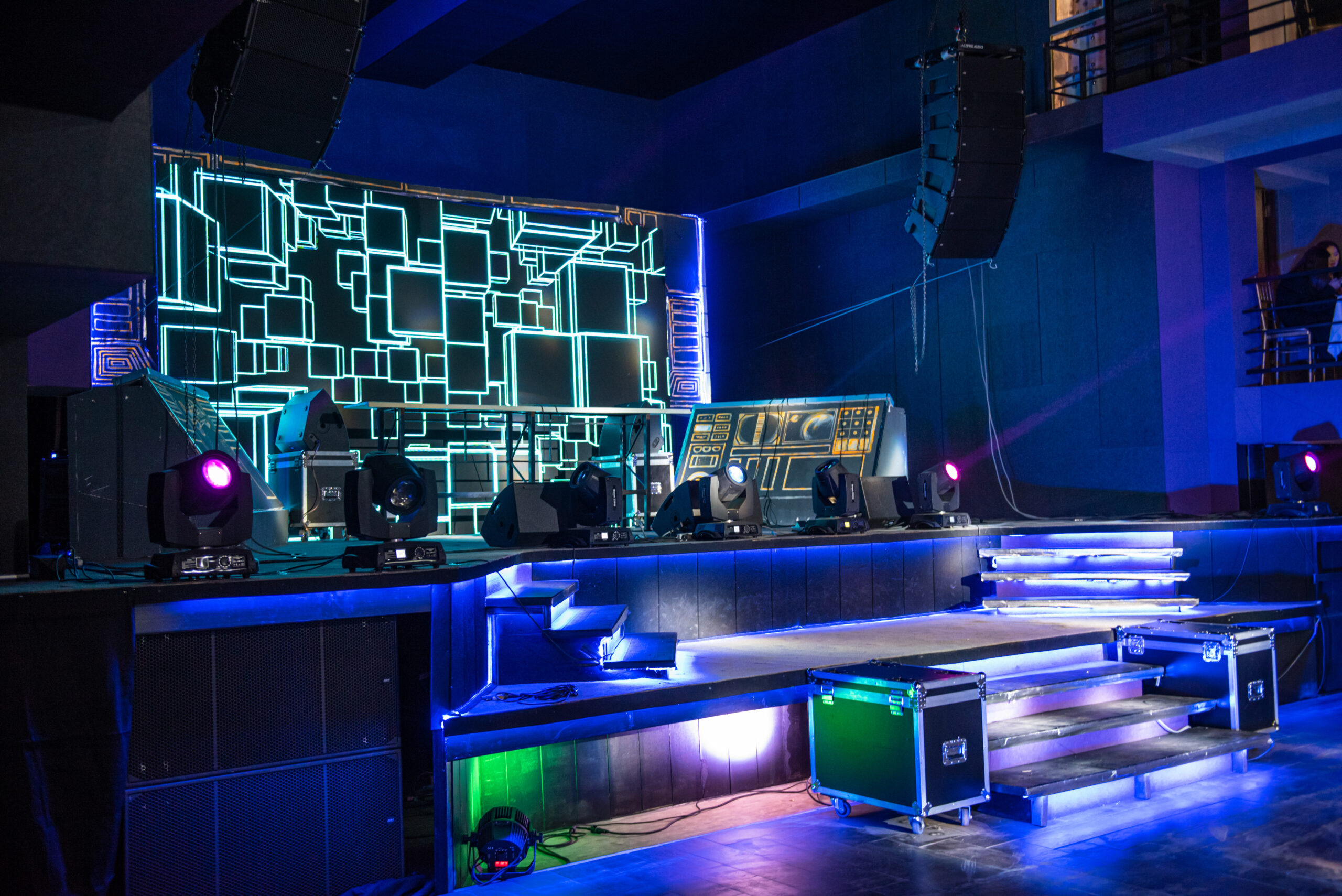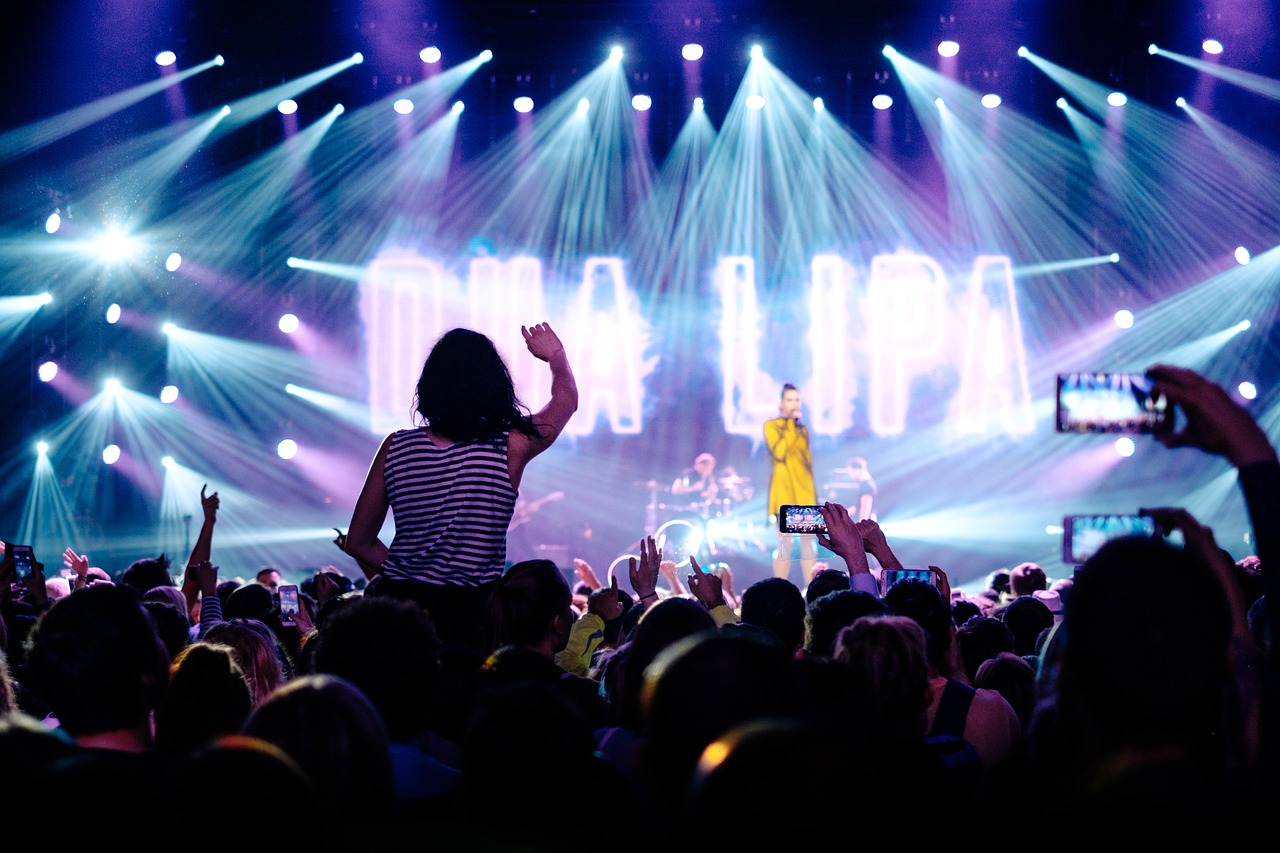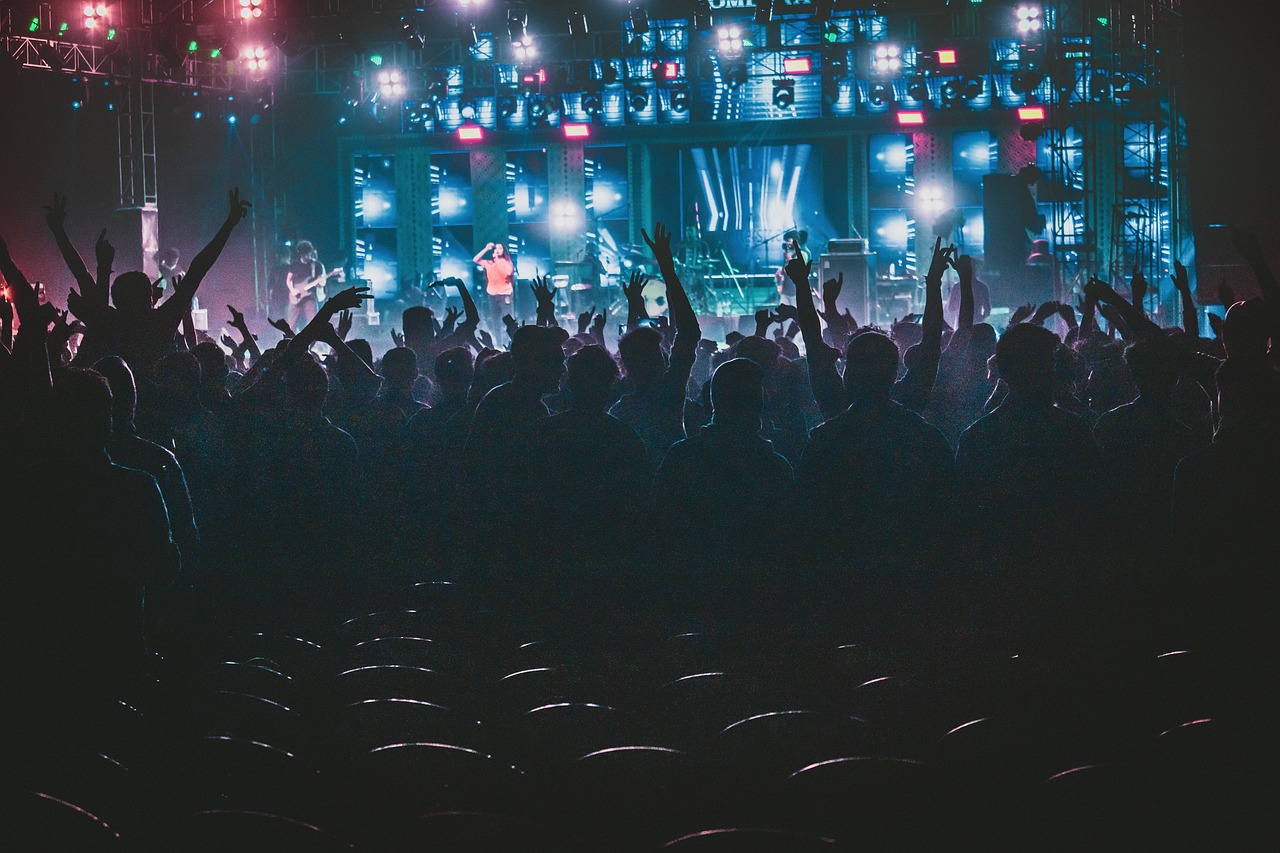Essential Tips for Innovative Stage Design
Setting the stage for a show-stopper of an event or performance often boils down to those nifty little details in the design. It’s not just about lights and backdrops; it’s about creating an experience that captivates and stays with attendees long after they’ve left. Whether you’re setting up in a cozy church hall or prepping for the big time at an awe-inspiring concert venue, nailing your stage layout is absolutely key. This guide will walk you through essential steps and innovative ideas to ensure your next event shines brighter than ever.
Understanding the Art of Stage Design
Stage design is an integral part of a performance, serving to enhance not only the visual aesthetics but also to elevate the overall quality and audience experience of the show. A well-crafted stage design relies on user-friendly stage design software, whether you’re planning a unique stage for a friend’s birthday surprise or designing an event setting for a company conference.

The Importance of Stage Design
As a designer, by combining visual and audio equipment alongside other elements that influence the scenery, you can engage the audience’s emotions, capture their attention, and provide an experience that can elevate your event and company brand. Therefore, in designing a stage, you should ensure it remains the focal point of the event, one with no obstructions or distractions that can take away from the onstage performance.
Components of a Successful Stage Design
A successful stage design incorporates several key components, including lighting design and set pieces. Lighting really steps up to the plate when it comes to setting the mood, drawing your attention where it needs to go, and adding that extra pop of visual interest. Set pieces, such as backdrops, props, and furniture, help to establish the context and enhance the overall aesthetic. By carefully selecting and arranging these elements, you can create a cohesive and immersive experience that supports the performance and engages the audience.
How to Create an Impactful Event Stage Design
Creating an impactful event stage design requires careful planning and attention to detail. Here’s a step-by-step guide to help you create an unforgettable stage that leaves a lasting impression on your audience.
Choosing the Right Venue
The first step in creating an impactful event stage design is selecting the right venue. Consider factors such as the size of the stage, the layout of the room, and the technical capabilities of the space. Ensure that the venue can accommodate your design vision and provide the necessary support for your stage design elements.
Applying Production Principles
Once you’ve chosen the venue, it’s time to apply production principles to your stage design. To make sure your event is a hit, it’s all about looking at how things like the view from every seat, sound quality throughout the venue, and how easily people can move around play into creating an unforgettable experience. Use these principles to guide your design decisions and ensure that every element works together seamlessly.
Creating a Strategic Layout
A strategic layout is key to creating an impactful event stage design. Consider the placement of each element, from the stage itself to the lighting, sound, and visual components. Use the layout to direct attention, create focal points, and guide the audience’s experience. By carefully planning your layout, you can create a stage design that enhances the overall impact of your event and leaves a lasting impression on your audience.
Incorporating Technology in Stage Design

Technology has revolutionized the world of stage design, offering new possibilities for creating immersive and engaging experiences. Two of the most popular technological elements in modern stage design are LED lights and digital banners.
Using LED Lights and Walls
LED lights and walls have become increasingly popular in stage design due to their versatility, energy efficiency, and ability to create stunning visual effects. These lights can be programmed to display a wide range of colors, patterns, and animations, allowing designers to create dynamic and immersive environments.
When you dive into adding LED lights and walls to your stage setup, keep in mind the size of your display, how clear those LEDs need to be, and what kind of content you’re aiming to throw up there. Work with experienced technicians to ensure that your LED elements are properly installed and integrated with the rest of your stage design.
Benefits of Using Digital Banners
Digital banners offer several benefits over traditional printed banners. They allow for easy customization and updating of content, making it simple to change your messaging or branding as needed. Digital banners can also incorporate interactive elements, such as social media feeds or real-time data, to create a more engaging experience for your audience.
When you’re thinking about adding digital banners to your stage setup, remember that where you put them and how big they are matters just as much as what’s on them. Ensure that the banners are easily visible and legible from all areas of the venue, and that the content is relevant and engaging for your audience.
Stage Design for Church Events
Stage design plays a crucial role in creating an immersive and meaningful experience for church events. From worship services to conferences, a well-designed stage can enhance the message, engage the congregation, and create a sense of community.
Importance of Stage Design in Churches
In a church setting, the stage serves as a focal point for the congregation, drawing attention to the speaker, musicians, or performers. A thoughtfully designed stage can help to create an atmosphere that supports the message and enhances the overall experience for attendees.
When designing a stage for a church event, consider factors such as the size of the congregation, the purpose of the event, and the overall aesthetic of the church. Use elements such as lighting, backdrops, and props to create a cohesive and engaging environment that supports the message and enhances the worship experience.
Creative Ideas for Church Stages
There are countless creative ideas for designing church stages, from simple and understated to elaborate and immersive. Some popular ideas include using projection mapping to create dynamic backdrops, incorporating natural elements such as wood or stone, and using light to create a sense of depth and dimension.
When brainstorming creative ideas for your church stage design, consider the theme of the event, the message you want to convey, and the overall aesthetic of the church. Gather your team – designers, technicians, and church leaders alike – to cook up a concept that not only matches your vision but also makes every worship session more meaningful for everyone involved.
Exploring Stage Design Software

Stage design software has revolutionized the way designers plan and visualize their creations. From simple 2D drafting programs to advanced 3D modeling tools, there are a variety of software options available to suit different needs and skill levels.
Reviewing Top Stage Design Software
When choosing stage design software, consider factors such as ease of use, compatibility with other programs, and the specific features and tools offered. A few crowd favorites are Vectorworks Spotlight, SketchUp Pro, and AutoCAD.
Spend some time digging around and sizing up different software options to snag the one that fits like a glove with your needs and how you get things done. A lot of programs out there give you a taste test with free trials or demos, so you can take their features for a spin and see if they’re worth your money before you decide to buy.
How AutoCAD Aids in Set Designs
AutoCAD is a widely used software program in the world of stage design, particularly for creating detailed set designs. Thanks to AutoCAD’s awesome drafting and 3D modeling capabilities, designers have everything they need at their fingertips to whip up detailed, scalable drawings and models of their stage sets.
One great thing about using AutoCAD for designing sets is how it lets you whip up detailed, layered sketches that you can quickly pass around to your production crew. This makes sure everyone’s on the same boat, rowing in harmony toward our shared dreams and goals.
When using AutoCAD for set design, start by creating a basic 2D draft of your set, including measurements and key elements. From there, you can add layers of detail and begin to create 3D models to visualize the final product. The more you dive into AutoCAD and get your hands dirty, the more it feels like a magic wand for making your stage design dreams come true.
Stage design boosts your event’s impact by engaging emotions and enhancing visuals. Start with the right venue, then mix lighting, set pieces, and tech like LED lights for a memorable scene. Church events or big conferences alike benefit from thoughtful layouts that keep audiences focused and immersed.
Conclusion
In wrapping up our journey through the nuances of crafting engaging spaces, remember this – great stage design isn’t just seen; it’s felt by every person in the room. Whether you’re illuminating a local church gathering or orchestrating a massive music festival, what ultimately transforms an ordinary space into something extraordinary are creativity, planning, and a touch of technology.
By integrating strategic lighting choices with modern tech like LED walls while keeping true to your theme can elevate any event from good to unforgettable. So as we close this chapter on designing compelling stages that tell stories without words – let’s carry forward this blend of innovation mixed with classic principles into our future projects!

